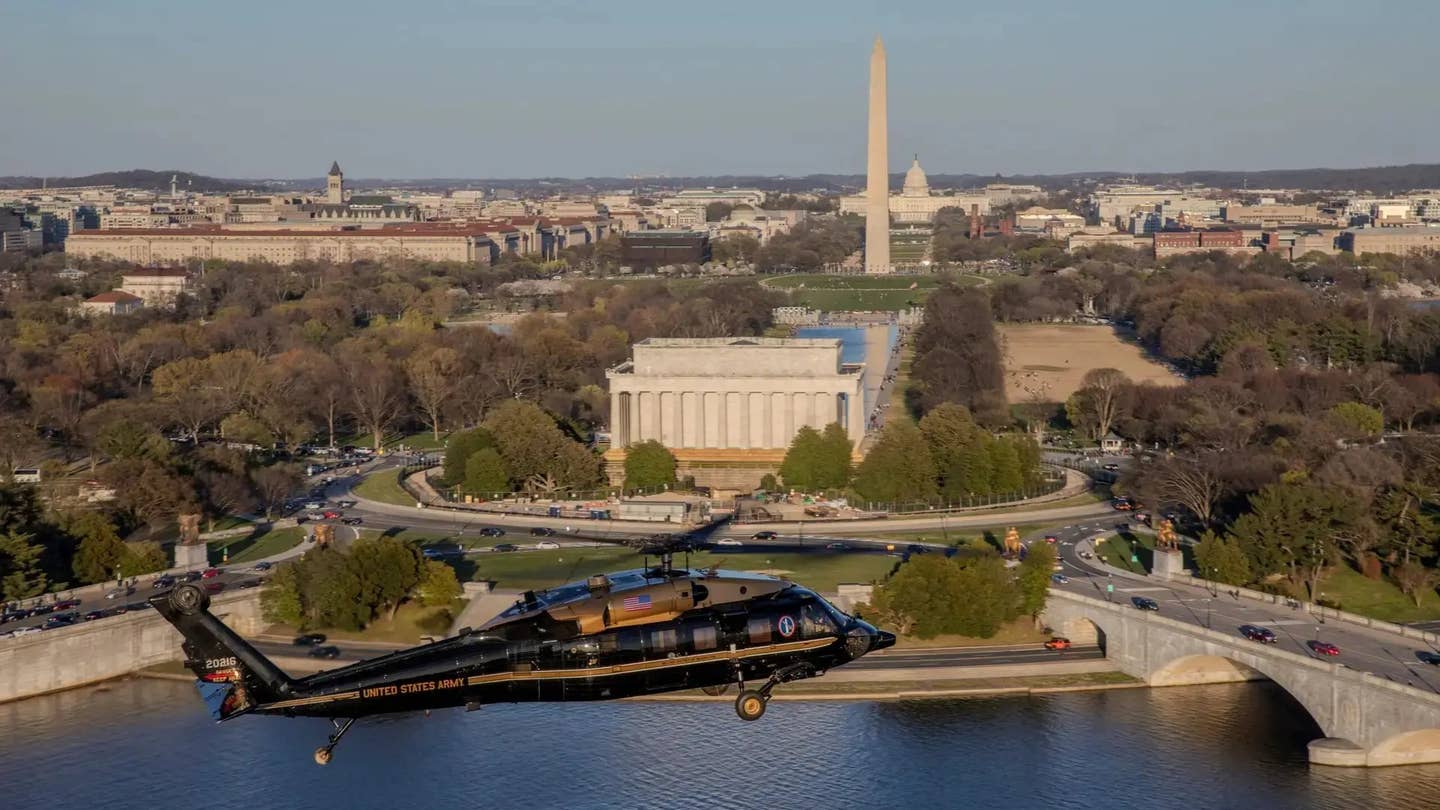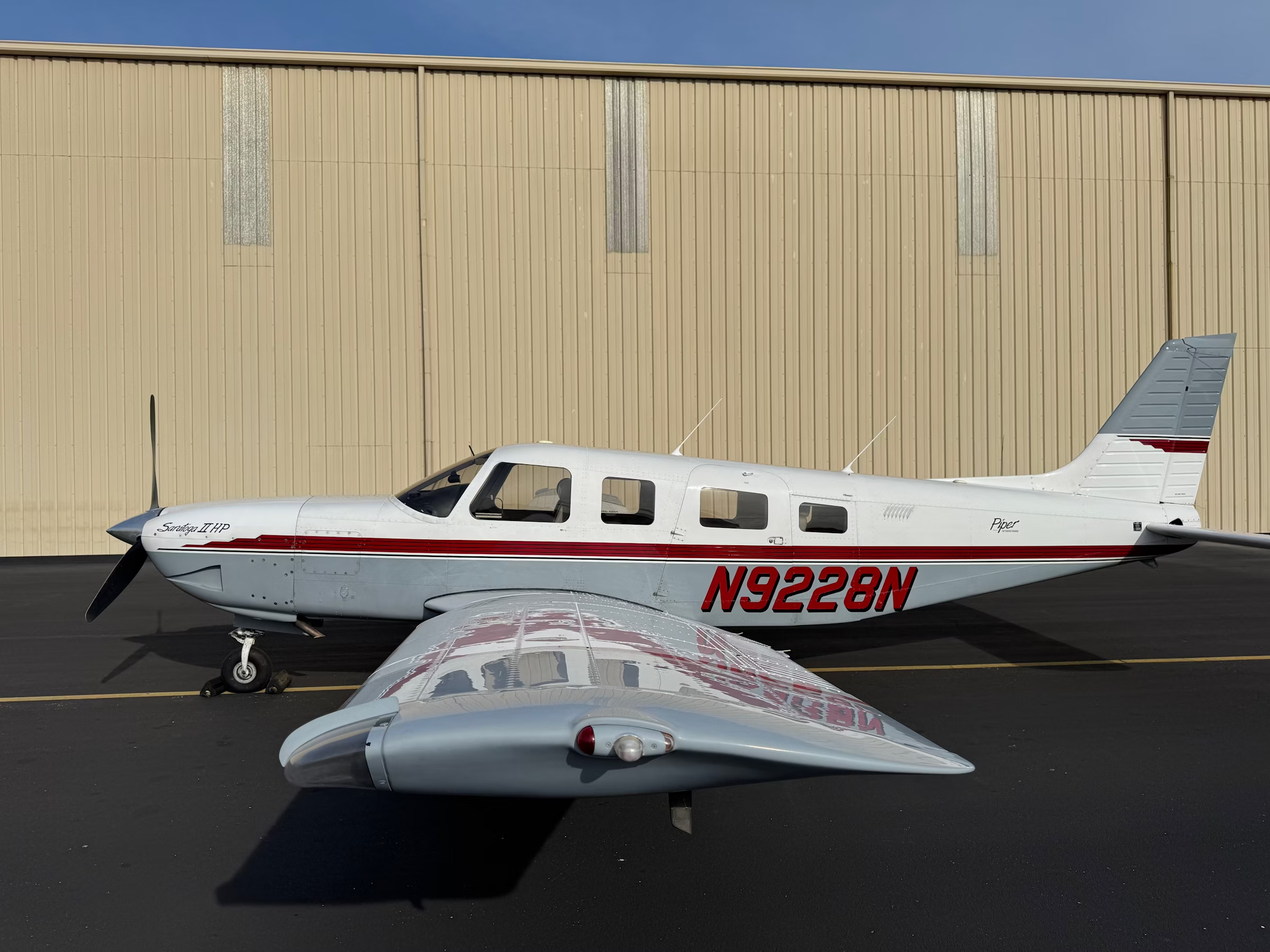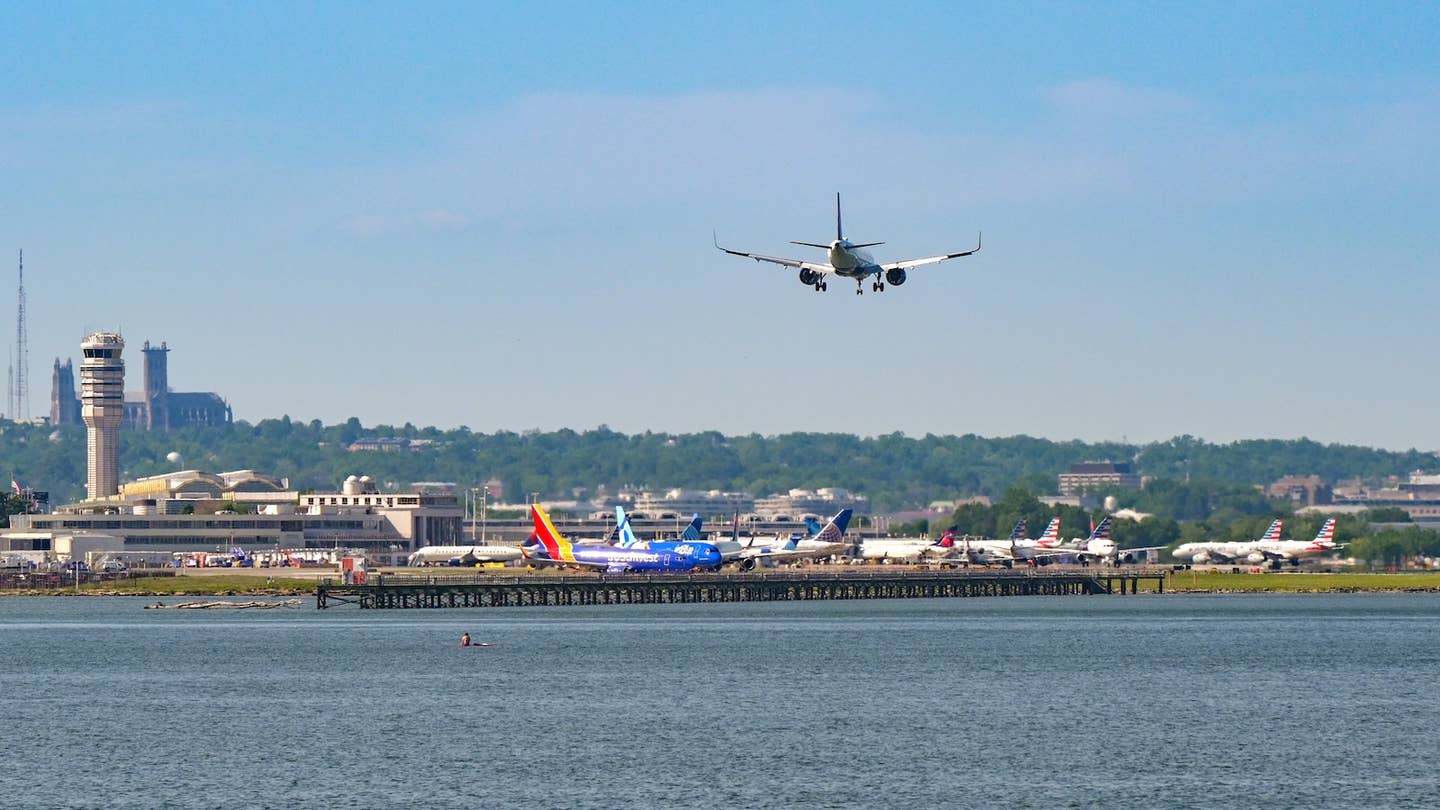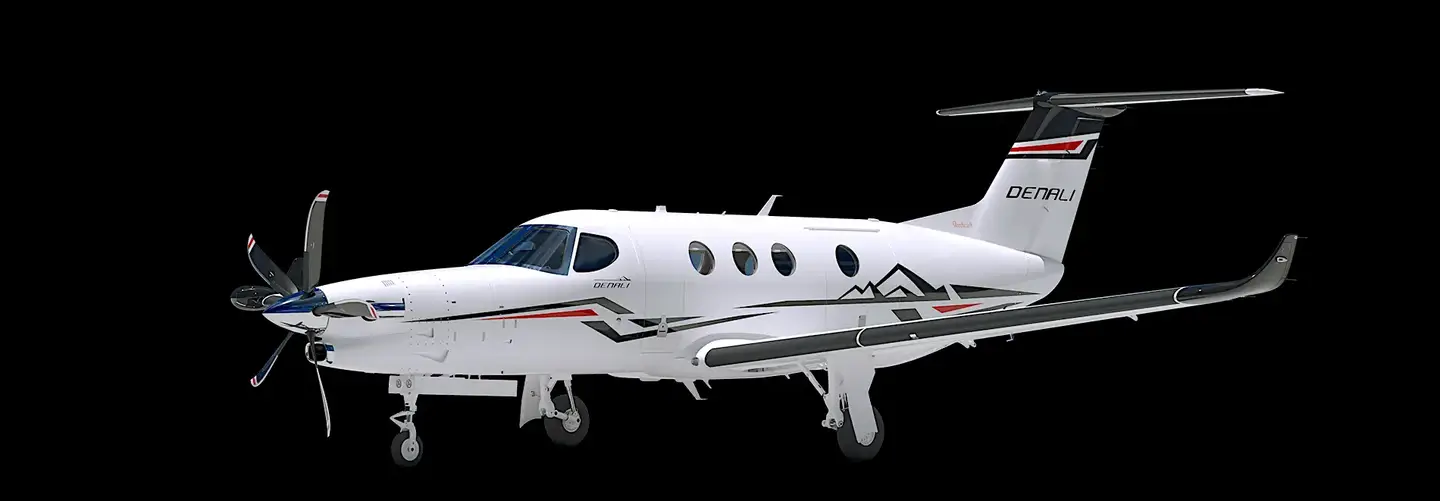A-10 ‘Warthog’ and Other Warplanes Train on Michigan Highway
The ‘historic’ exercise was the first re-arming and refueling of a running jet on a public U.S. highway, according to the Michigan Air National Guard.
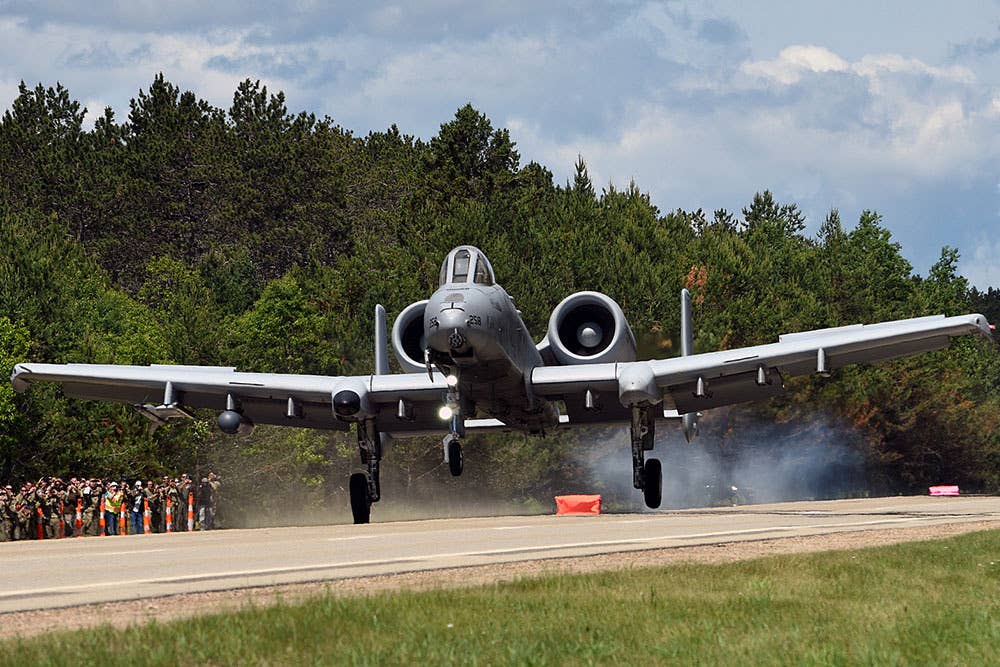
An A-10 Thunderbolt II from the 107th Fighter Squadron, 127th Wing, Michigan Air National Guard (ANG), lands and takes off from a highway during Agile Combat Employment (ACE) training during Northern Agility-1 22 in Alger County, located in the Upper Peninsula of Mich., June 29, 2022. [U.S. Air National Guard photo by Master Sgt. David Kujawa]
A Michigan highway along Lake Superior became a temporary landing strip for military aircraft—including an A-10 Thunderbolt II “Warthog”—during an Air National Guard (ANG) training exercise, which military officials described as “historic.”
The Michigan ANG commandeered a 9,000-foot stretch of state highway M-28 outside of Munising as part of the three-day "Northern Agility 22-1" training exercise focused on preparing for combat operations in austere environments. The June 29 event represented the first integrated combat turns, or rearming and refueling of a running jet, on a public U.S. highway, according to the ANG.
“What we’re doing here is trying to do everything we can do to stay one step from our adversaries,” said Northern Agility 22-1 exercise director Lt. Col. Brian Wyrzykowski, according to WLUC-TV. “If we can generate combat airpower from a public highway, we can do it from almost anywhere.”
The stretch of highway east of Munising was selected because it is one of the longest, flattest sections of roadway in the state, according to the news station.
During the exercise, the Air Force Reserve used M-28 for landings, takeoffs, and integrated combat turns for at least a dozen aircraft, including the A-10, an Air Force Special Operations Command MC-12W Liberty, a C-145A Combat Coyote, a U-28A Draco, and a C-146A Wolfhound.
“The fact that we can do it up here in northern Michigan shows us that we can go into an environment away from an existing military base and still maintain the same level of effectiveness,” Capt. Andrew Layton, spokesperson for the Michigan ANG 110th Attack Wing, told WLUC.
Earlier in the week, A U.S. Air Force KC-135 from the 127th Wing, Selfridge Air National Guard Base, Michigan, also performed a wet-wing defuel operation at Sawyer International Airport (KSAW) as part of Northern Agility 22-1.
During a wet-wing defuel, fuel is transferred from the wings of an aircraft to an expeditionary fuel bladder or fuel truck while engines are running. During contingency operations, wet-wing refueling allows the off loading of fuel from a refueling aircraft landing in an austere environment with minimal time on the ground.
“Northern Agility 22-1 is an historic exercise,” said Brig. Gen. Bryan Teff, assistant adjutant general and commander of the Michigan ANG, in a statement. The operation “supports the Air Force’s directive to ‘accelerate change or lose,’ as well as the ability of our Airmen to generate combat power anytime, anywhere.”

Sign-up for newsletters & special offers!
Get the latest FLYING stories & special offers delivered directly to your inbox

